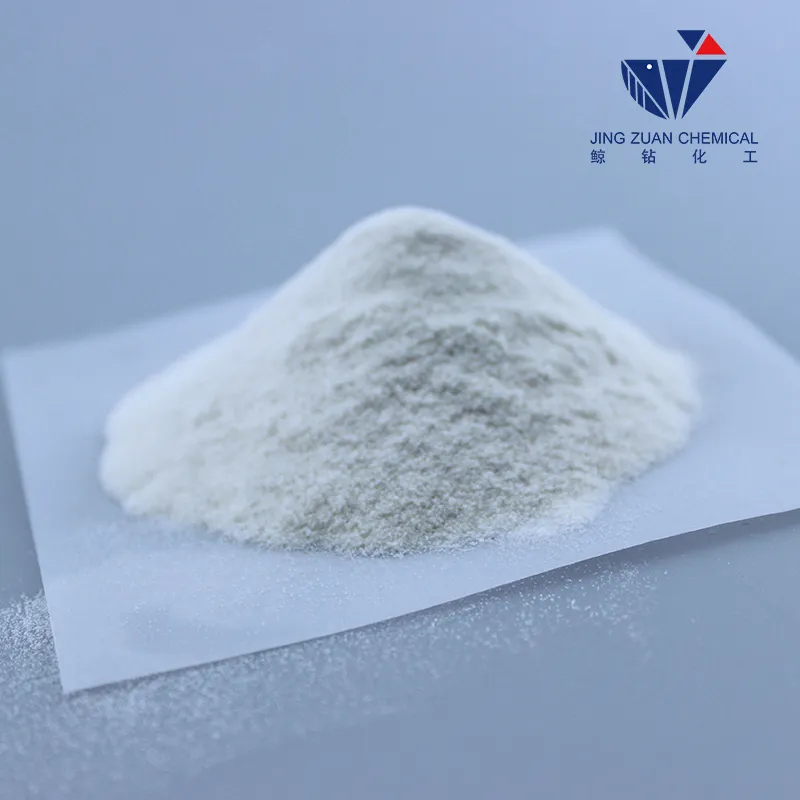
Жов . 02, 2024 10:30 Back to list
hpmc for mortar
Understanding HPMC for Mortar A Key Component in Construction
Hydroxypropyl Methylcellulose (HPMC) is a versatile polymer that plays a crucial role in the construction industry, particularly in the formulation of mortars. Its unique properties enhance the performance and workability of various types of mortar, making it a common additive in both traditional and modern construction practices.
What is HPMC?
HPMC is a synthetic polymer derived from cellulose, a natural polymer found in plant cell walls. It is produced through the chemical modification of cellulose, which involves the substitution of hydroxyl groups with hydroxypropyl and methyl groups. This modification not only improves the solubility of cellulose in water but also significantly enhances its functional properties. The result is a white, odorless powder that can be easily incorporated into mortar formulations.
Benefits of HPMC in Mortar
1. Improved Workability One of the primary advantages of using HPMC in mortar is its ability to improve workability. It increases the viscosity of the mixing water, creating a smoother and more homogenous mixture that is easier to apply. This is particularly beneficial for professionals working in challenging environments or for those who need to control the application time.
hpmc for mortar

2. Water Retention HPMC enhances the water retention capabilities of mortar. This means that even in high-temperature or windy conditions, the mortar remains workable for a longer duration. The extended open time allows for more flexibility during application, reducing the risk of premature drying and ensuring proper adhesion to substrates.
3. Enhancing Adhesion When HPMC is added to mortar, it improves the adhesion properties between the mortar and various substrates, such as concrete, masonry, and tiles. This increased adhesion results in stronger bonds and contributes to the overall durability of the finished structure.
4. Resistance to Cracking Mortar containing HPMC exhibits reduced shrinkage, which translates into a lower risk of cracking as the mortar cures. This property is particularly important in applications where structural integrity is critical, such as in tile installations or in the repair of historical buildings.
5. Versatility HPMC can be adapted for different applications depending on the specific needs of the project. It comes in various grades, which can be selected for specific properties such as thickening, binding, or film-forming capabilities. This versatility makes it an ideal additive for a wide range of mortar types, from traditional cement-based formulations to modern, polymer-modified mortars.
Conclusion
The inclusion of HPMC in mortar mixes has revolutionized the way mortars are formulated and applied in the construction industry. Its ability to enhance workability, improve water retention, and strengthen adhesion makes it an indispensable component for both new construction projects and repairs. As the construction industry continues to evolve, the demand for high-performance materials like HPMC will undoubtedly grow, solidifying its role as a cornerstone of modern mortars. Choosing the right grade of HPMC and understanding its properties can lead to significant improvements in construction quality and efficiency, ultimately paving the way for safer and more durable structures.
-
The Widespread Application of Redispersible Powder in Construction and Building Materials
NewsMay.16,2025
-
The Widespread Application of Hpmc in the Detergent Industry
NewsMay.16,2025
-
The Main Applications of Hydroxyethyl Cellulose in Paints and Coatings
NewsMay.16,2025
-
Mortar Bonding Agent: the Key to Enhancing the Adhesion Between New and Old Mortar Layers and Between Mortar and Different Substrates
NewsMay.16,2025
-
HPMC: Application as a thickener and excipient
NewsMay.16,2025
-
Hec Cellulose Cellulose: Multi functional dispersants and high-efficiency thickeners
NewsMay.16,2025







